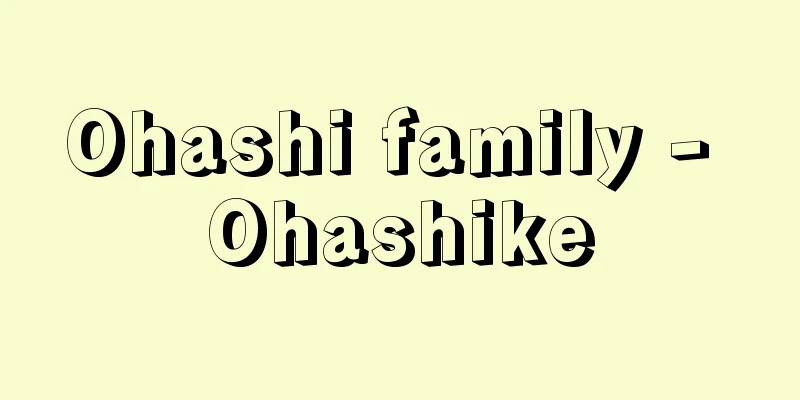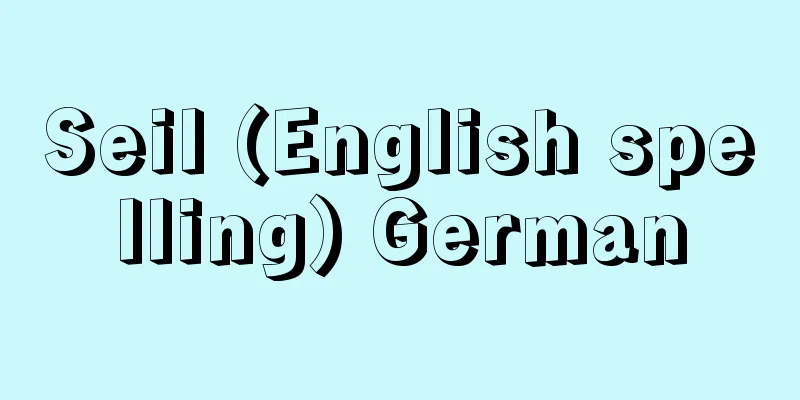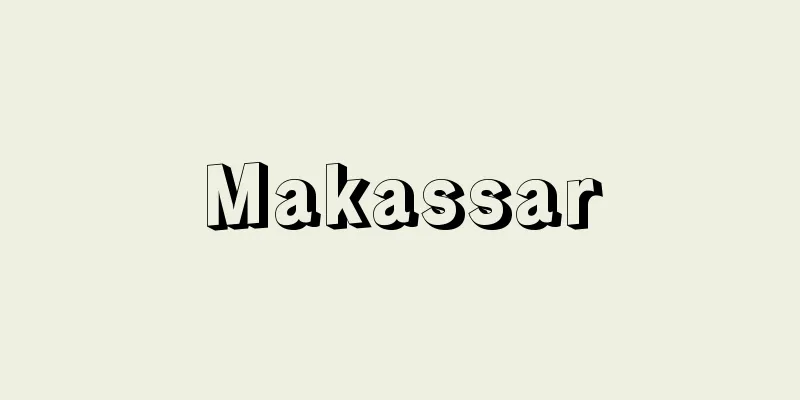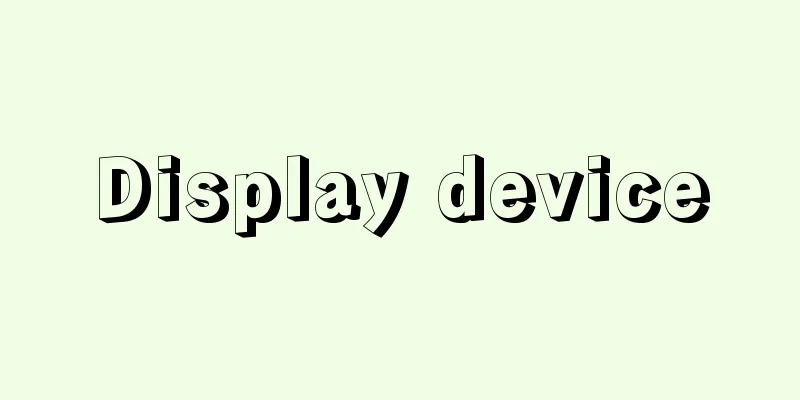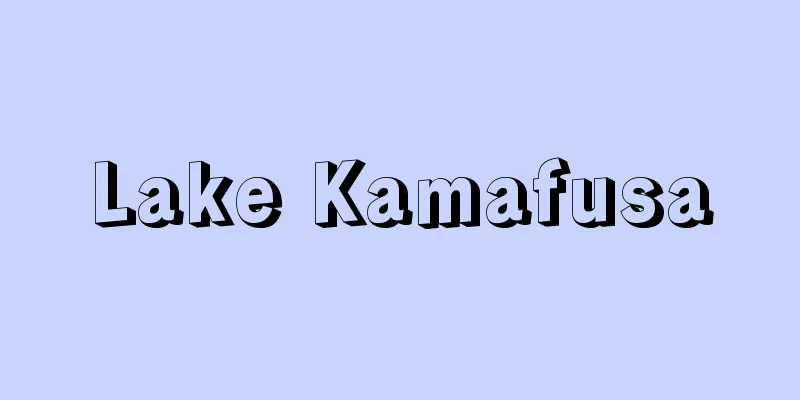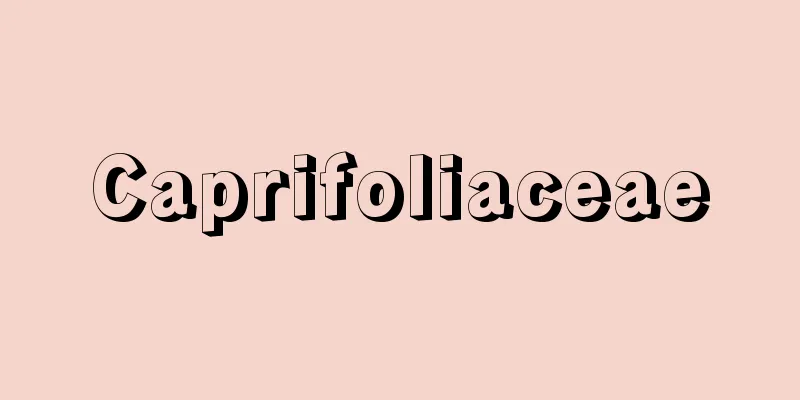Drug-related injury
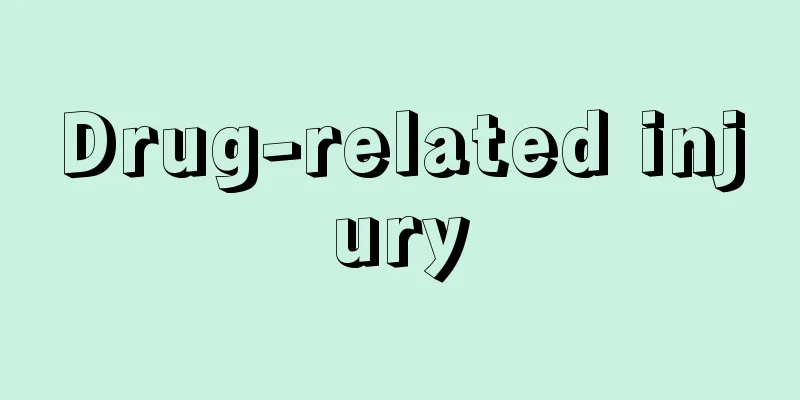
|
It refers to disorders caused by the administration or ingestion of medicines, and can be caused by the pharmacological action (side effects) of the medicine itself, harmful effects such as teratogenicity, or contamination with pathogenic microorganisms or chemicals. The former can also be caused by an increase in pharmacological action as a result of drug interactions when drugs are administered concomitantly. In general, side effects of medicines are the cause, but AIDS infections and hepatitis B and C infections caused by contamination with pathogenic microorganisms in blood products, and Creutzfeldt-Jakob disease caused by prions in natural human growth hormone preparations (somatropin) made from human brain, have become social issues. This is the first time that drug-related harm has become a hot topic since the thalidomide and chinoform scandals. Below, we will discuss some of the most notable drug-related harm cases in chronological order. In 1956 (Showa 31), a case of shock death due to penicillin was reported, and a notice was issued to carry out skin reaction tests. In 1961, the teratogenicity of thalidomide became a global issue, and in Japan the following year, in 1962, the drug was fully recalled and its use as a medicine was banned. In 1965, a case of shock death due to an ampule of cold medicine occurred, and in the same year, liver damage due to xenalamine became a hot topic. In 1967, vision loss due to chloroquine phosphate was reported, and production and sale of the drug was discontinued. In 1968, blood damage due to chloramphenicol became a problem as a serious side effect, and its use was restricted. In 1970, it was discovered that chinoform was the cause of SMON, which became a major social issue. In 1971, the occurrence of fatty liver due to Coraldil was reported, and production was discontinued. In 1975, it was discovered that quadriceps contracture, which was common in children, was caused by intramuscular injections of sulpyrine and chloramphenicol, and tissue damage caused by intramuscular injections became an issue. In 1976, cases of neuropsychiatric disorders caused by large doses of bismuth salts were reported in both Australia and France, and the use of bismuth salts in over-the-counter medicines was banned. In 1977, lactic acidosis caused by oral biguanide diabetes drugs was reported, with a mortality rate of 50-60%. Also in the same year, experimental evidence showed that carcinogenic nitrosamines were produced by oral administration of aminopyrine, and its use as an over-the-counter medicine was banned. In the 1980s, the drug-induced AIDS and hepatitis C incidents occurred. Between 1984 and 1985, the first cases of death from AIDS infection were reported in Japan after administration of unheated preparations of blood coagulation factors VIII and IX, the only treatment for hemophilia patients. At the time, most of the preparations and raw materials were imported from the United States, and the cause was that the raw materials were blood contaminated with the AIDS virus. Although the US stopped selling the preparation as soon as contamination with the AIDS virus was confirmed and moved to heated preparations, Japan continued to use unheated preparations, which led to widespread damage and became a major drug-induced incident that shook the health administration. The Hepatitis C Incident began when, between September 1986 and April 1987, eight women who had given non-heated fibrinogen preparations at a gynecology and obstetrics clinic in Misawa City, Aomori Prefecture, were reported to have been infected with Hepatitis C (called non-A, non-B hepatitis at the time). This fibrinogen preparation previously contained beta-propiolactone to inactivate the virus, but this was changed to adding HBs globulin, and there had been no cases of infection before the change. Later, heated preparations were also released, but they did not inactivate the Hepatitis C virus, causing increased damage, and the incident escalated into a lawsuit as the Hepatitis C Drug-Induced Injury Incident. In the 1990s, the Sorivudine drug incident occurred. Sorivudine is an antiviral drug that is effective against herpes simplex type 1, chickenpox, shingles virus, and EB virus, and was a promising drug because it is effective in treating shingles at less than one-twentieth the dose of acyclovir. It was often used in combination with the anticancer drug 5-FU to treat shingles in cancer patients, but within about a month of its release in September 1993, serious side effects occurred and some people died, so the drug was voluntarily recalled on November 1st. During that time, 14 of the 23 patients who experienced side effects died. In order to prevent accidents caused by side effects of pharmaceuticals, the Ministry of Health, Labour and Welfare has established "Standards for Post-Marketing Surveillance" for pharmaceutical companies, and since serious side effects of new drugs often appear immediately after their release, "Early Post-Marketing Surveillance" is now mandatory. In addition, the Pharmaceutical Affairs Law stipulates that manufacturers, operators of pharmacies such as medical institutions, operators of hospitals, clinics, and pet care facilities, doctors, dentists, pharmacists, veterinarians, and other medical professionals that "if they become aware of matters related to the occurrence of illness, disability, or death suspected to be due to side effects or other reasons of a pharmaceutical or medical device, or the occurrence of an infectious disease suspected to be due to the use of the product, and if they deem it necessary to prevent the occurrence or spread of health and hygiene hazards, they must report the matter to the Minister of Health, Labour and Welfare." For those who suffer health damage such as side effects from medicines or infectious diseases caused by the administration of biological products contaminated with pathogenic microorganisms, relief is available through the Pharmaceuticals and Medical Devices Agency's "Drug Adverse Reaction Relief System" and "Biological Product Infection, etc. Relief System." [Fumiji Koho] [References] | | | | | |Source: Shogakukan Encyclopedia Nipponica About Encyclopedia Nipponica Information | Legend |
|
薬の投与または摂取によっておこった障害をいい、その要因には医薬品そのものの薬理作用(副作用)や催奇形性などの有害作用によるものと、病原微生物や化学物質の混入(汚染)によるものがあり、前者には、医薬品の併用投与による薬物相互作用の結果としての薬理作用の増強によるものもある。一般的に医薬品の副作用によるものが多いが、病原微生物の汚染による血液製剤でのエイズ感染症、B型およびC型肝炎、ヒトの脳を原料とした天然型ヒト成長ホルモン製剤(ソマトロピン)でのプリオンによるクロイツフェルト・ヤコブ病が社会問題となった。 薬害が話題となったのは、サリドマイド事件やキノホルム事件以来のことで、以下、代表的な薬害事件を年代順に述べる。 1956年(昭和31)ペニシリンによるショック死が報告され、皮膚反応テストの実施が通達された。1961年にはサリドマイドの催奇形性が世界的な問題となり、日本では翌1962年に全面回収が行われ、医薬品としての使用が禁止された。1965年にはアンプル入りのかぜ薬によるショック死がおこり、同年キセナラミンによる肝障害が話題となった。1967年にはリン酸クロロキンによる視力障害が報告され、製造販売が中止された。1968年にはクロラムフェニコールによる血液障害が重大な副作用として問題となり、使用が制限された。 1970年になると、キノホルムがスモンの原因であることが判明し、大きな社会問題となった。1971年にはコラルジルによる脂肪肝の発生が報告され、製造が中止された。1975年には小児に多発した大腿(だいたい)四頭筋拘縮症の原因がスルピリンやクロラムフェニコールの筋肉注射によることがわかり、筋注用注射剤による組織障害性が問題となった。1976年にはビスマス塩の大量投与による精神神経障害がオーストラリアとフランスの両国で報告され、ビスマス塩の一般用医薬品への使用が禁止された。1977年にはビグアナイド系経口糖尿病薬による乳酸アシドーシスが報告され、死亡率50~60%といわれた。また同年、アミノピリンの内服により発がん性のニトロソアミンが生成されることが実験的に認められ、一般用医薬品としての使用が禁止された。 1980年代に入ると、薬害エイズ事件、薬害C型肝炎事件が発生した。1984~1985年にかけて、血友病患者の唯一の治療薬である血液凝固第Ⅷ因子および第Ⅸ因子の非加熱製剤の投与による、エイズ感染での死亡例が、日本で初めて報告された。当時は製剤および原料のほとんどをアメリカからの輸入に頼っており、エイズウイルスに汚染された血液が原料となっていたことが原因である。血友病患者のエイズ感染問題は、アメリカではエイズウイルス汚染が確認されるやいなや同製剤の発売を中止し、加熱製剤への移行が進んだにもかかわらず、日本では非加熱製剤の使用が続けられたため被害が拡大し、厚生行政を揺るがす大きな薬害事件となった。 C型肝炎事件は1986年9月から1987年4月にかけて、青森県三沢市の産婦人科医院で、非加熱フィブリノゲン製剤を投与された産婦8名がC型肝炎(当時は非A非B肝炎といった)に感染したとの報告から始まった。このフィブリノゲン製剤はウイルスを不活化するため以前はβ(ベータ)プロピオラクトンを添加していたが、HBsグロブリンを添加する方法に変更されたもので、変更以前はまったく感染は発生していなかった。その後、加熱製剤も出たが、C型肝炎ウイルスの不活性化はなされず被害が増大し、薬害C型肝炎事件として裁判にまで発展した。 1990年代に入るとソリブジン薬害事件がおきた。ソリブジンは抗ウイルス剤で、単純ヘルペス1型、水痘、帯状疱疹(ほうしん)ウイルス、EBウイルスに有効で、帯状疱疹の治療にアシクロビルの20分の1以下の量で有効であることなど期待された薬剤であった。がん患者の帯状疱疹の治療に抗がん剤の5-FUと併用してよく用いられたが、1993年(平成5)9月の発売後、約1か月足らずのうちに重篤な副作用が発生し、死亡例が出たため、11月1日より自主回収された。その間の副作用発現患者23例中で、死亡したのは14名であった。 厚生労働省は医薬品の副作用による事故を未然に防ぐため、製薬企業に対して「市販後調査の基準」を定め、さらに新薬の重篤な副作用は、発売直後によく現われることから「市販直後調査」が義務づけられた。また、製造販売業者、医療機関等薬局開設者、病院、診療所、飼育動物診療施設の開設者、医師、歯科医師、薬剤師、獣医師その他の医薬関係者に対しては「医薬品又は医療機器について、当該品目の副作用その他の事由によるものと疑われる疾病、障害若しくは死亡の発生又は当該品目の使用によるものと疑われる感染症の発生に関する事項を知った場合において、保健衛生上の危害の発生又は拡大を防止するため必要があると認めるときは、その旨を厚生労働大臣に報告しなければならない」と薬事法で定められた。 医薬品の副作用および病原微生物によって汚染された生物由来製品の投与による感染症の発生等、健康被害を受けたものに対しては、独立行政法人医薬品医療機器総合機構の「医薬品副作用被害救済制度」と「生物由来製品感染等被害救済制度」によって救済がなされている。 [幸保文治] [参照項目] | | | | | |出典 小学館 日本大百科全書(ニッポニカ)日本大百科全書(ニッポニカ)について 情報 | 凡例 |
<<: Pharmacy - yakugaku (English spelling) pharmacy
>>: Chemical grouting method (English: Chemical grouting)
Recommend
Socialism in one country - Ikkokushakaishugiron (English spelling) sotsializm vodnoi strane
The theory advocated by Stalin that it was possibl...
Fundamental tone
The fundamental frequency is the sound that has th...
One line calligraphy
…Some of them have the title of the monk written ...
oregano
The origin of the word oregano comes from the Gree...
cost-plus pricing
… The basic pricing policies (see the section on ...
game reserve
…Most of the national parks in Africa are for the...
Lake Teganuma
This lake is located on the right bank of the dow...
Blast furnace - kouro (English spelling)
Another name for a blast furnace. A furnace used ...
Asylum
...A state in southwestern Saudi Arabia, the Asir...
Lung capacity
It is the maximum amount of air that the lungs ca...
Rothschild, MA (English spelling) RothschildMA
…The development of the banking industry was part...
Vulva - the gland
…They are distributed over almost all of the skin...
Clathrus ruber
…Other species in the Clathrus family include the...
Frege - Gottlob Frege
German philosopher and mathematician. Founder of ...
Offshore Rider - Okinori
A ship navigates offshore where land is not visibl...
